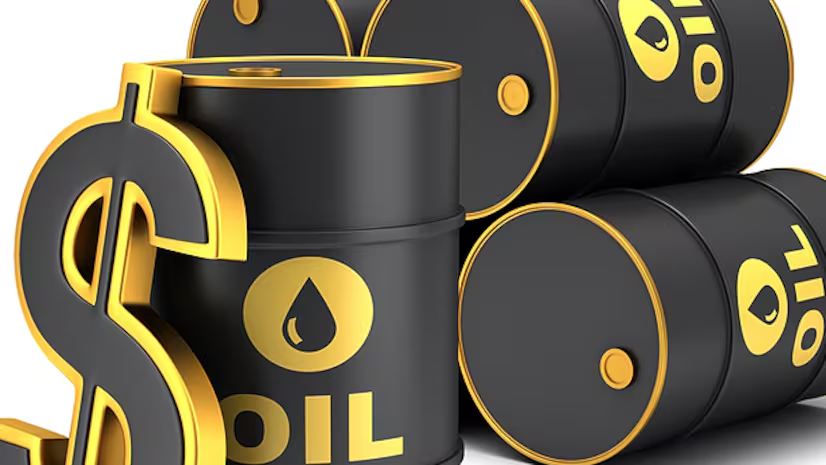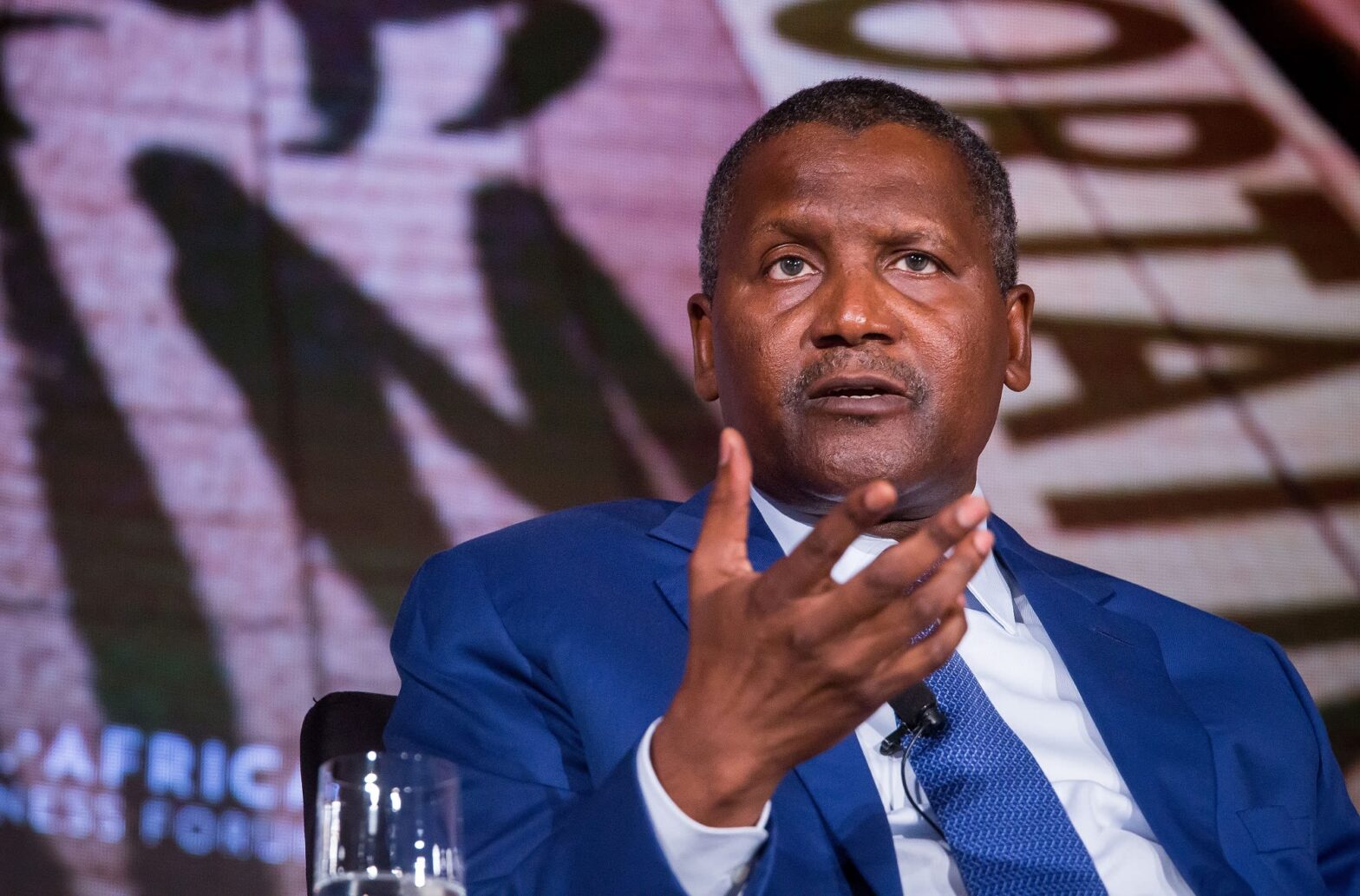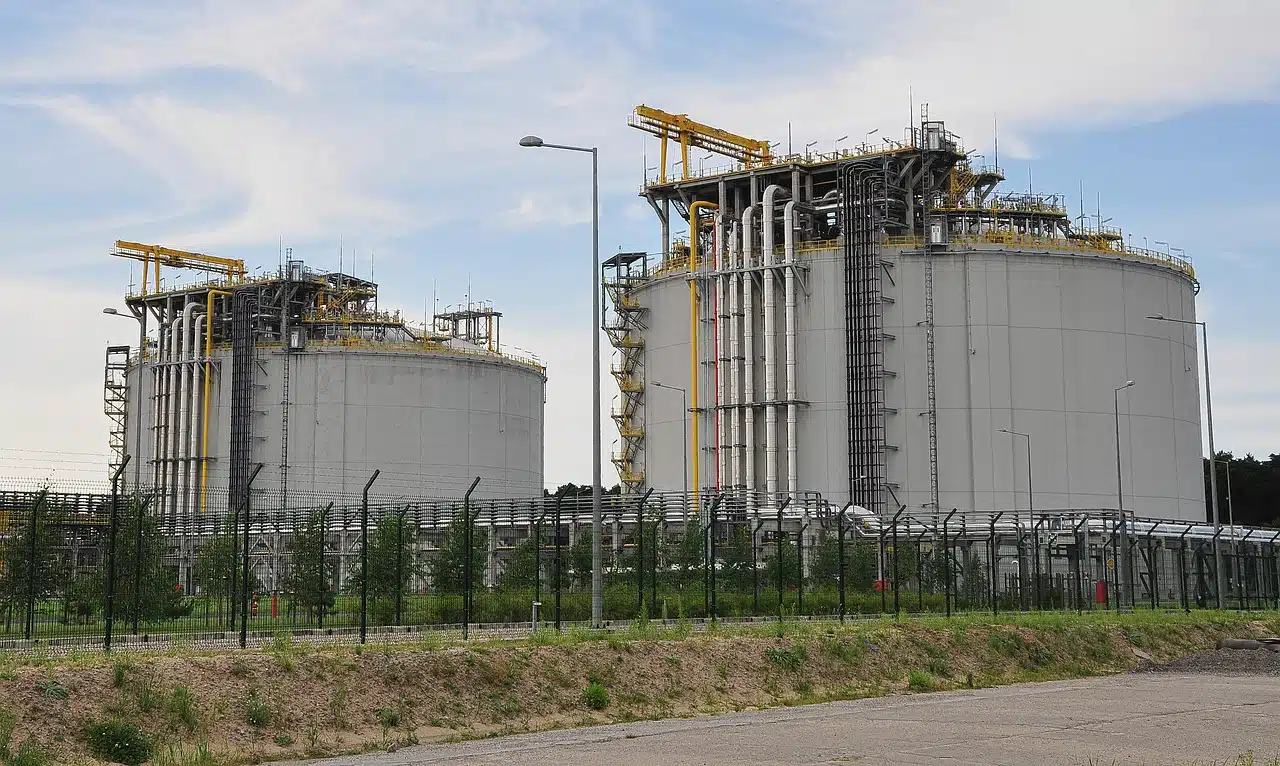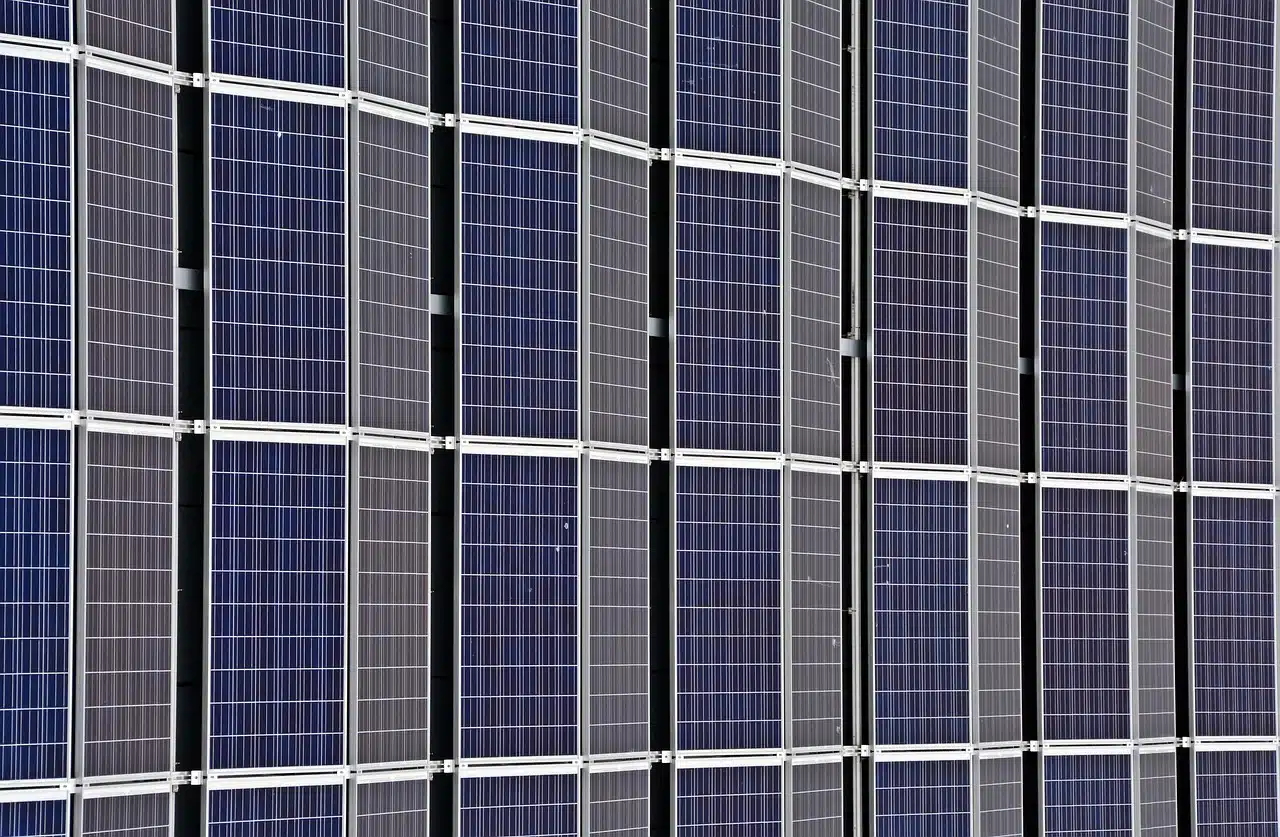Global oil prices fell on Wednesday following an increase in U.S. crude stockpiles and easing concerns over supply disruptions in Libya.
Market attention remains on the potential impact of U.S. tariffs on Canadian and Mexican oil imports.
Brent crude futures dropped by 37 cents, or 0.48%, to $77.12 per barrel by 1246 GMT, while U.S. crude futures declined by 33 cents, or 0.45%, to $73.44.
The White House confirmed on Tuesday that President Donald Trump still intends to impose a 25% tariff on oil imports from Canada and Mexico starting Saturday. The decision has added volatility to the market, with analysts closely watching its potential effect on prices.
“Crude prices keep dancing to the rhythm of Trump’s tariff orchestra, with Canada tariffs going into effect on Saturday, potentially lifting U.S. prices then,” said Ole Hansen, head of commodity strategy at Saxo Bank.
Data from the U.S. Energy Information Administration (EIA) shows that Canada supplied 3.9 million barrels per day (bpd) of oil to the U.S. in 2023, accounting for roughly half of total imports. Mexico contributed 733,000 bpd.
The tariff imposition could disrupt supply chains and lead to price fluctuations in the coming weeks.
Rising U.S. stockpiles and OPEC+ outlook
Meanwhile, market sentiment was further dampened by reports of rising U.S. crude oil and gasoline inventories. Citing data from the American Petroleum Institute (API), market sources noted an increase in crude stockpiles last week, while distillate inventories declined.
The official EIA report is expected at 1530 GMT on Wednesday.
“Overall prices trade a tad softer after Libya said exports have resumed and API reported a weekly increase in U.S. stockpiles. In addition, OPEC+ is expected to stick to its already announced production increase from April,” Hansen stated.
On its part, Libya’s National Oil Corporation (NOC) confirmed that export operations had returned to normal after negotiations with protesters who had threatened to halt loadings at a key oil terminal.
Meanwhile, uncertainty surrounds next Monday’s OPEC+ Joint Ministerial Monitoring Committee (JMMC) meeting, which could influence future supply decisions.
Tamas Varga, an analyst at oil broker PVM, noted that political and economic unpredictability remains a challenge for oil markets.
“Saudi Arabia’s energy minister and several of his OPEC+ counterparts have been in discussions ahead of next week’s meeting, particularly in response to Trump’s push for lower oil prices,” Varga said.
He also suggested that Trump’s strategy aims to pressure Russia one of Saudi Arabia’s key allies within OPEC+—into negotiations regarding its conflict with Ukraine. By increasing oil production, Trump hopes to lower global prices, curb inflation, and reduce domestic fuel costs.
As the market navigates these developments, traders are closely monitoring geopolitical tensions, supply forecasts, and upcoming policy decisions that could shape the oil price trajectory in the coming weeks.









